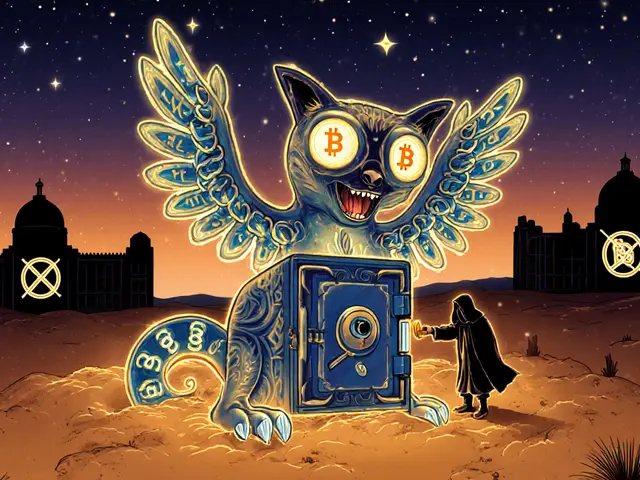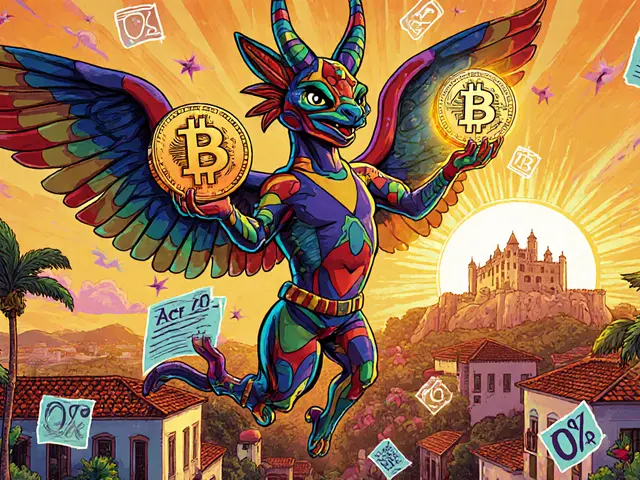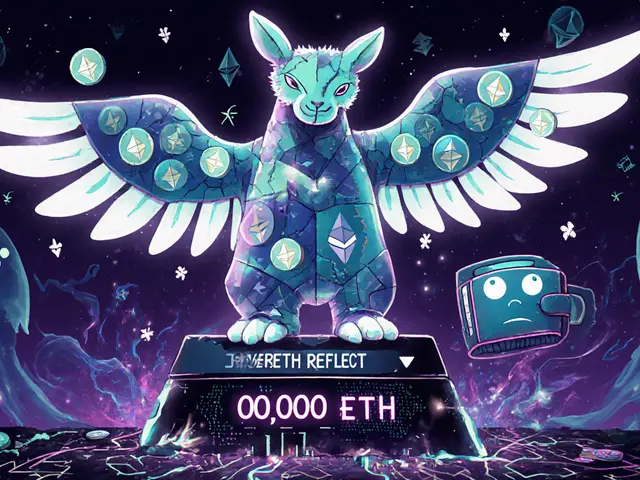KALATA Airdrop: What It Is, Who’s Behind It, and How to Avoid Fake Claims
When you hear KALATA airdrop, a rumored token distribution tied to an unverified blockchain project, your first instinct might be to jump in. But here’s the truth: there’s no official KALATA token, no public team, no whitepaper, and no blockchain record of its existence as of 2025. It’s not a project—it’s a ghost. And ghosts don’t give away free tokens. They lure you into giving away your private keys.
What you’re seeing are copycats. Scammers use names like KALATA because they sound like real projects—short, catchy, vaguely techy. They’ll post on Twitter, Telegram, and Discord claiming you can claim KALATA tokens by connecting your wallet, signing a transaction, or sharing your seed phrase. These aren’t airdrops. They’re crypto scams, fraudulent schemes designed to steal digital assets through social engineering. Real airdrops, like the ATA airdrop, a legitimate token distribution by Automata Network for privacy-focused Web3 users, don’t ask for your seed phrase. They don’t require you to pay gas fees to claim free tokens. They’re transparent, documented, and tied to active protocols.
Why do these fake KALATA claims keep popping up? Because they work. People are tired of missing out. They see others talking about "free crypto" and assume it’s real. But if a project has no website, no GitHub, no team members listed, and no history on Etherscan or BscScan, it’s not a project—it’s a trap. The same way veDAO (WEVE), a non-existent token used to trick investors into believing a project is live vanished overnight, KALATA will too. No trace. No refunds. Just empty wallets.
So what should you do? First, check CoinGecko, CoinMarketCap, or Etherscan for KALATA. If it’s not there, it’s not real. Second, search for official announcements from known teams or communities. Third, never connect your wallet to a site you don’t trust. Even a simple signature can drain your funds. Real airdrops are announced through official channels, not random DMs or YouTube shorts. If it feels too easy, it’s designed to fool you.
The posts below don’t just list airdrops—they expose the ones that don’t exist. You’ll find deep dives into real token distributions like ATA and SAKE, and clear breakdowns of dead projects like FLY, BSL, and DIYAR. You’ll learn how to spot the hallmarks of a scam, why some "airdrops" are just marketing ploys, and how to protect yourself from the next KALATA. This isn’t about chasing free tokens. It’s about knowing which ones are worth your time—and which ones will cost you everything.










